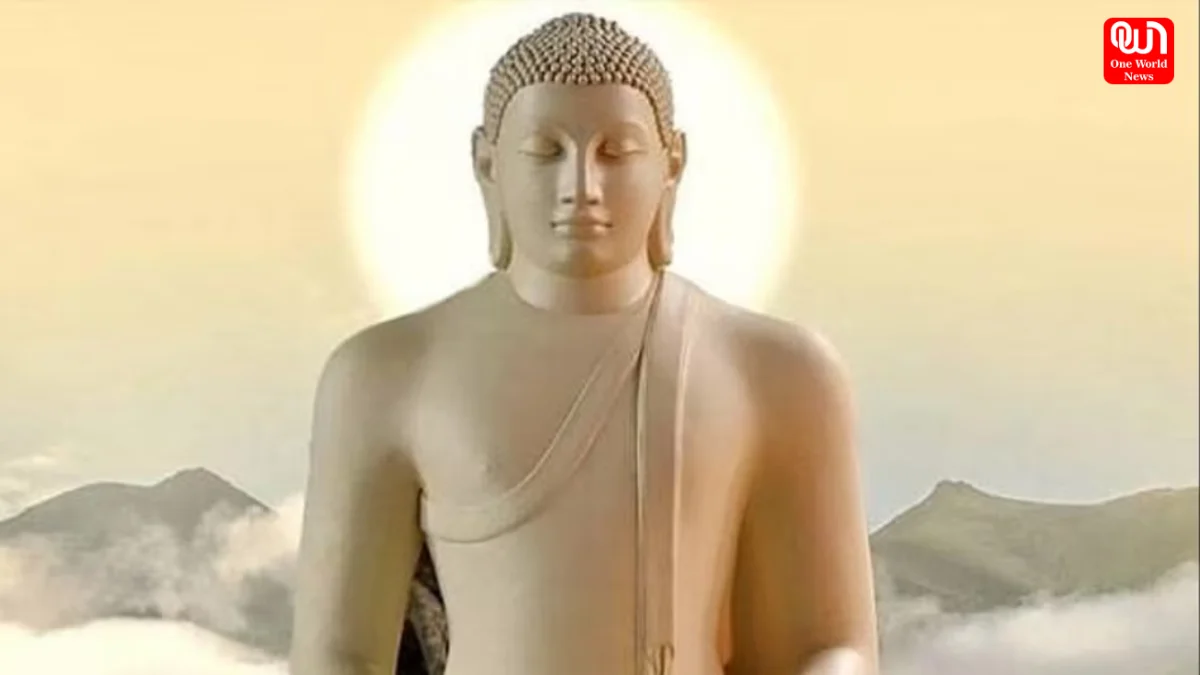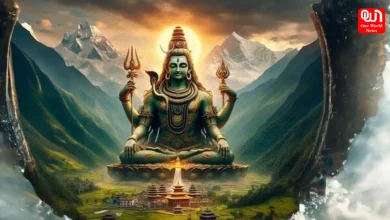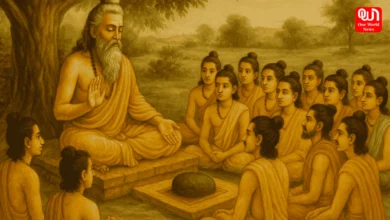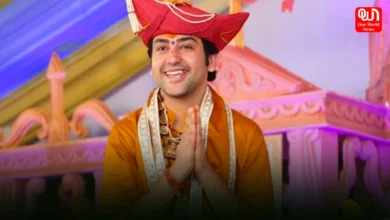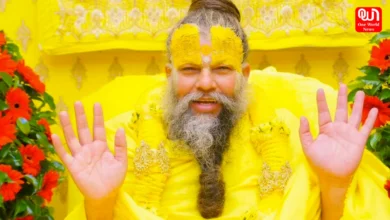Mahavir Jayanti 2025: Date, Trayodashi Tithi, History, Significance & Key Facts You Shouldn’t Miss
Mahavir Jayanti 2025: Date, Tithi Timings, Historical Background, and How the Festival is Observed
Celebrating Lord Mahavir’s Birth and Teachings
Mahavir Jayanti, known as Mahaveer Janma Kalyanak, is an important Jain celebration that commemorates the birth of Lord Mahavir, the 24th and final Tirthankara of Jainism. Observed on the 13th day of the Chaitra month in the Hindu calendar, the date of this holy occasion varies each year. Curious about the specific date and auspicious timing?
Background of Mahavir Jayanti
According to Jain scriptures and religious writings, Lord Mahavira was born on the 13th day of the waxing moon in the month of Chaitra (Hindu calendar) in Kundalagrama (currently Kundalpur) in Bihar, located a few kilometers from Patna. At that time, Vaishali was regarded as the capital of the state. Nonetheless, the year of Mahavira’s birth is contested. According to Swetambar Jains, Mahavira’s birth year is 599 BC, whereas Digambar Jains regard it as 615 BC. His parents, King Siddhartha and Queen Trisala, named him Vardhaman.
According to the beliefs of the Shwetambar community, Mahavira’s mother experienced 14 dreams, which were subsequently analyzed by astrologers who all predicted that Mahavira would become either an emperor or a sage (Tirthankara). At the age of 30, Mahavira abandoned his throne and family to pursue the truth. He spent 12 years in exile as an ascetic. Throughout this period, he advocated for non-violence and showed deep respect to everyone. He was given the name “Mahavira” due to his extraordinary abilities in mastering the senses. It is commonly believed that Mahavira reached enlightenment (Nirvana) at the age of 72.
When will Mahavir Jayanti be celebrated in 2025? Be aware of the date and times
This year, the 2623rd Birth Anniversary of Mahavir Swami will be observed on Thursday, April 10.
- Trayodashi Tithi Starts – 10:55 PM on April 09, 2025
- Trayodashi Tithi Concludes – 01:00 AM on April 10, 2025
Who was Lord Mahavir?
Lord Mahavir, referred to as Vardhamana, was born in 599 B.C. in Kundalagrama, now known as Vaishali in Bihar. A respected spiritual figure, he established the essential principles of Jainism- non-violence (Ahimsa), truth (Satya), and non-attachment (Aparigraha). He achieved Moksha (liberation) in 527 B.C. when he was 72 years old.
READ MORE : Modernizing Pilgrimage: Ropeways to Amarnath, Sabarimala, and Beyond
In What Ways Mahavir Jayanti is Observed?
The festival honors the promotion of peace and harmony, while also sharing the teachings of Lord Mahavira. A procession is conducted as a “rath yatra” with Lord Mahavira’s statue carefully positioned on top. Jain temples are adorned with flags as the Jains provide food and clothing to those in need. Jainism strongly condemns the killing of animals; therefore, contributions are made to prevent such slaughters.
Apart from charitable deeds, prayers are given in temples devoted to Lord Mahavira. Additional devotees frequently participate in meditation- a method promoted by Mahavira. Ancient and renowned Jain temples experience a significant increase in worshippers on this occasion. Monks and nuns recite the teachings of Mahavira and Jainism.
Mahavir Jayanti is mainly a Jain celebration, and to capture its real spirit, you may explore any of the Jain temples.
Significance of Mahavir Jayanti
Mahavir Jayanti is of profound spiritual and cultural importance to the Jain community as it celebrates the birth of Lord Mahavir, the 24th and final Tirthankara. Honored with faith and respect, the festival emphasizes the teachings of Lord Mahavir. It’s a time to contemplate his journey of self-denial and self-control, as followers commemorate the day with prayers, visits to temples, acts of charity, and serving the community, striving to embody his teachings of harmony and spiritual enlightenment.
Read More: Siddhivinayak Temple Trust’s Earnings Rise 15% to ₹133 Crore in 2024
Mahavir Jayanti Celebration
Devotees commemorate Mahavir Jayanti with passion and dedication, featuring rituals, processions, and acts of compassion. A major highlight is the Rath Yatra, featuring Lord Mahavir’s idol on a beautifully adorned chariot, which is paraded in an elaborate procession filled with devotional songs and chants.
The idol receives a ritual bath or Abhisheka, representing spiritual purification. Temples see extensive congregations as worshippers present prayers and engage in unique sermons. Numerous individuals also participate in charitable acts, give food donations, and volunteer, embodying Mahavir’s principles of compassion, humility, and selflessness.
We’re now on WhatsApp. Click to join.
Like this post?
Register at One World News to never miss out on videos, celeb interviews, and best reads.

